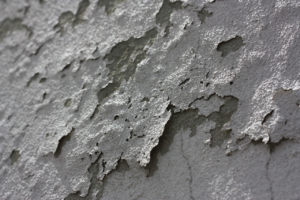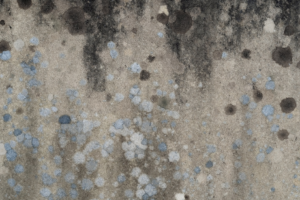
Water damage can be a nightmare for homeowners. Whether the culprit is flooding, a burst pipe, or a leaky roof that needs roof repair, the aftermath can be devastating.
However, with the right knowledge and timely action, you can navigate the challenges of water damage and restoration and eventually rise from the ruins.
This blog will explore essential insights on recovery and rebuilding after water damage, helping you regain control of your space and your life.
Understanding the Severity of Water Damage
The first step in navigating water damage and restoration is understanding the severity of the damage. Water damage can be categorized into three main classes:
Class 1: Minimal Damage
This category includes minimal absorption and typically affects only a small area. It may involve minor issues like a leaky faucet or a small, localized spill.
Class 2: Moderate Damage
Moderate damage involves a larger area, with water absorption into building materials like walls and floors. This often occurs due to a burst pipe or a malfunctioning appliance.
Class 3: Extensive Damage
The most severe category, extensive damage, affects entire rooms or even multiple floors. This often results from flooding, storms, or major plumbing failures.
Assessing the severity of the damage is crucial for determining the necessary steps to restore your property successfully.
Immediate Actions to Take
When water damage occurs, taking immediate action is vital to prevent further destruction. Here are the steps you should follow:
- Ensure Safety: Safety should always be your top priority. Turn off electrical power to the affected area to prevent electrical hazards. If the water damage is extensive, consider evacuating until it’s safe to return.
- Stop the Source: Identify and stop the source of the water if possible. Shut off the main water supply or address the specific issue causing the damage.
- Document the Damage: Take photos and videos of the affected areas for insurance purposes. This documentation will help when filing a claim.
- Remove Water: Begin removing standing water as soon as it’s safe to do so. Use a wet-dry vacuum, buckets, or a sump pump if necessary.

Calling in Professionals
While you can handle some aspects of water damage cleanup yourself, it’s essential to involve professionals, especially for moderate to extensive damage. Here’s when you should consider calling in experts:
- Mold Concerns: If water damage has persisted for an extended period, mold growth is likely. Mold can pose serious health risks, so it’s crucial to address it promptly.
- Structural Damage: Extensive water damage can weaken the structural integrity of your property. Professionals can assess and repair any structural issues.
- Specialized Equipment: Water damage restoration professionals have the necessary equipment, such as industrial dehumidifiers and moisture meters, to ensure thorough drying and prevent secondary damage.
Restoration and Rebuilding
Following the water removal and drying, the restoration process includes repairing structural damage, safely eliminating mold, restoring interior finishes, and implementing preventive measures like sump pumps and improved drainage systems to safeguard against future water damage.
When it comes to water damage and restoration, as well as chimney repair, gutter cleaning in Westchester County, and roof repair, proactive measures and timely actions are your best allies.
Whether you’re dealing with water damage or seeking to maintain your property’s integrity, Golden Touch Renovation is here for you! Contact us today for more information.
